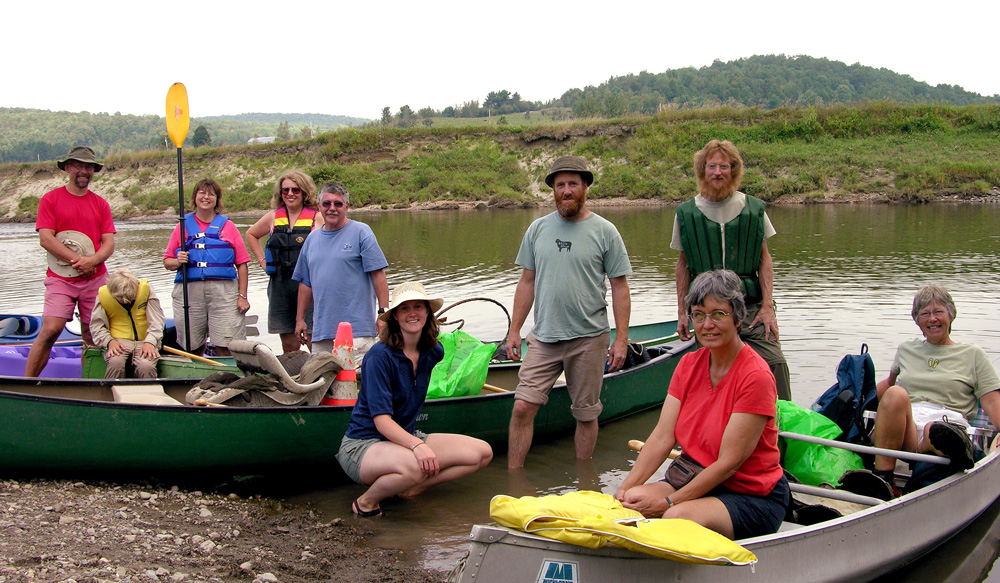Community Engagement

Engaged citizens and active civic and watershed organizations that have the capacity to implement effective projects at the local level are necessary for communities to thrive. Communities that have access to and are able to embrace human, financial, and technical resources are the most successful at protecting their local waterways.
LOCAL LEVEL IMPLEMENTATION
Supporting local level implementation of projects that protect clean water and healthy ecosystems is listed as one of the LCBP’s key functions in its management plan Opportunities for Action.
On-the-ground work conducted at the local level by watershed groups, lake associations, conservation districts, and educational institution is the cornerstone of a successful restoration effort. Local residents who are most directly affected by an issue are often best able to address the issue. Many communities have existing resources and organizations to help implement programs, but may lack technical expertise, adequate funding, or access to additional human and financial resources. Building local capacity for plan implementation requires strengthening technical assistance to community groups and may require additional financial support for local programs.
These programs and projects address not only clean water and healthy ecosystems, but also health and safety of communities’ residents as well as the economic impact of events on the landscape.
Learn about the role of the community of Willsboro, New York in the removal of a decades-old dam on the Boquet River in this video from our Bringing Back Salmon series.